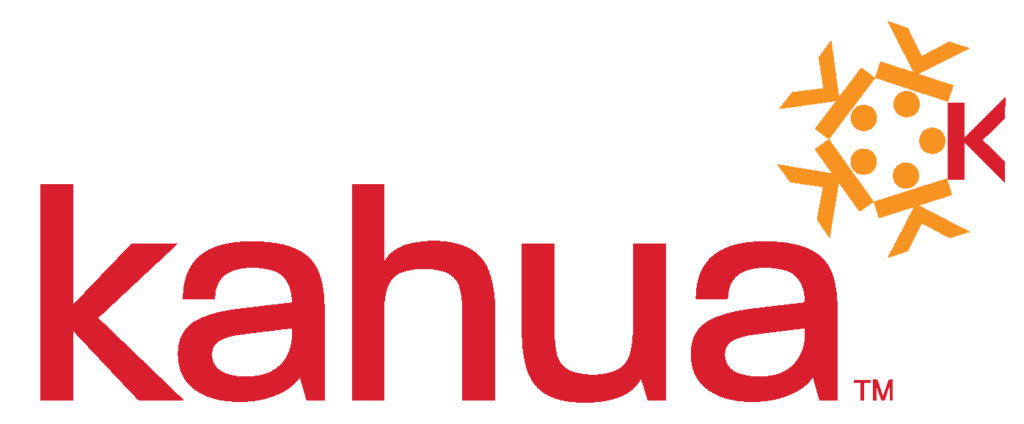Helping State and Local Government Agencies Succeed in a Maze of Efficiency and Transparency Demands
With new government mandates for efficiency and transparency, state and local agencies are facing increased pressure to do more with less, and prove it.
Transparency is an essential goals when combining state and local governance with construction project management. With heightened expectations for accountability, these agencies are under pressure to deliver projects on time and within budget while providing accurate updates to stakeholders.
Digital technology is a powerful way to ensure accountability and efficiency in project and cost management. But challenges – including user adoption, security concerns and data access – arise, necessitating comprehensive management of funding sources, costs and project components to maintain visibility.
We turn to Cari Stieglitz, co-founder of kvolve – a consulting company focused on transportation and public sector construction – for insight on how the right technology can address these concerns. She said 20 years ago, transparency efforts relied heavily on process, but the limitations of tools like Excel became evident, revealing inefficiencies that led to delayed real-time clarity.
Cloud-based technology adoption is increasing, as it offers secure platforms that often surpass the security capabilities of on-premise solutions. This transition has allowed state and local agencies to enhance their data security and accessibility and take advantage of emerging technologies.
Read it: Securing the Future: Protecting State and Municipal Projects from Cyber Threats
To provide optimal security while allowing transparency, government agencies require software vendors to be StateRAMP authorized, which Kahua is.
“Reporting is always a huge request for our clients. When you have analytics embedded directly into the PMIS, that’s real-time data storage as part of your base system." - Cari Stieglitz, Co-founder, kvolve
These agencies are also on the hunt for the most thorough, easy-to-generate reporting and analytics that come with an innovative project management information system (PMIS).
“Reporting is always a huge request for our clients,” Stieglitz said. “When you have analytics embedded directly into the PMIS, that’s real-time data storage as part of your base system. That’s cost transparency. That’s the No. 1 need.”
Read it: 5 Expert Tech Strategies for More Efficient State & Local Government Projects
While some of her customers are embracing this tech and can’t wait to see how better dashboards, analytics and artificial intelligence (AI) can improve their processes and transparency, “a lot of folks are still trying to get their data in a digital format,” Stieglitz said.
“There's still that step that you have to take as part of a digital transformation journey, where step one is getting in a project management system,” she said. “You can take advantage of workflow; you can take advantage of using that information for benchmarking. That's a journey that I'm seeing. Everybody I talk to wishes they were further along.”
If you're a state or local government agency who is feeling the pressure to get more efficient and transparent with your construction project management processes, you're in good company.
Read more about how Kahua provides the public sector with accountability that enhances project quality, prevents corruption and builds trust in Unveiling the Truth: The Case for Transparency in Government Construction Projects.
And contact us if you're ready to move the needle with your own projects.


